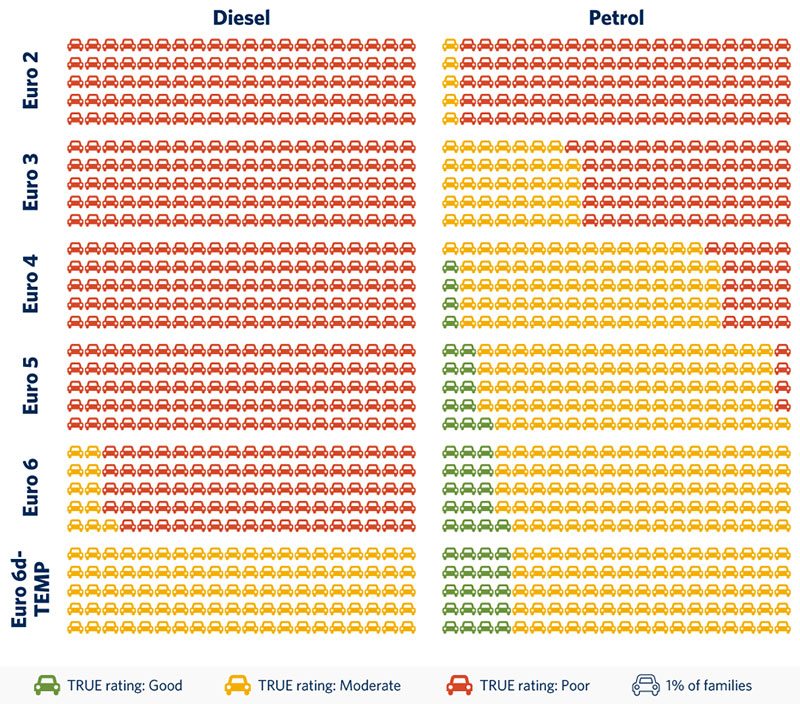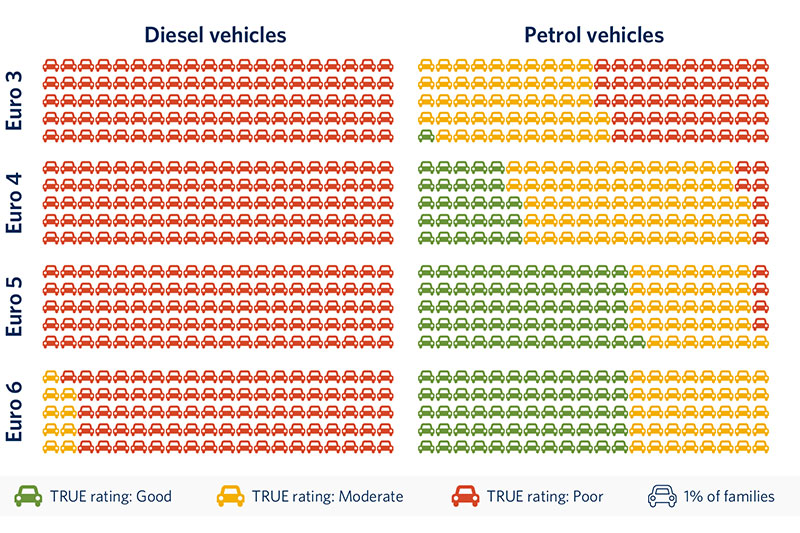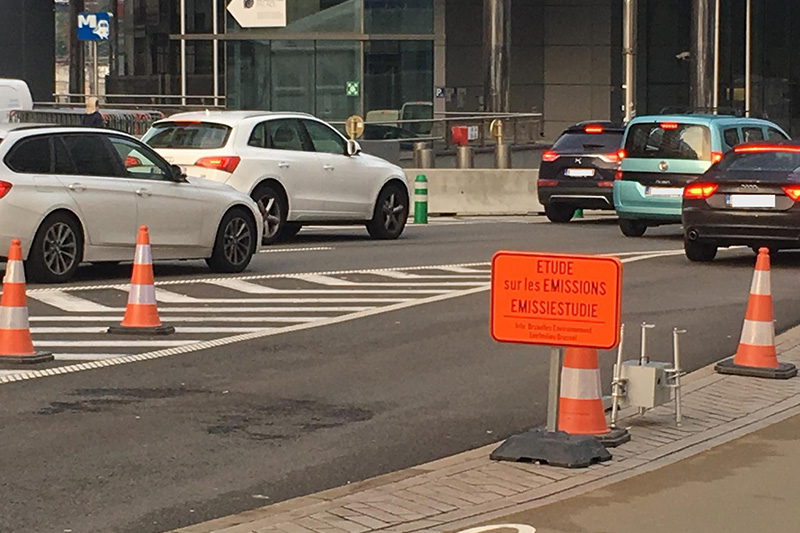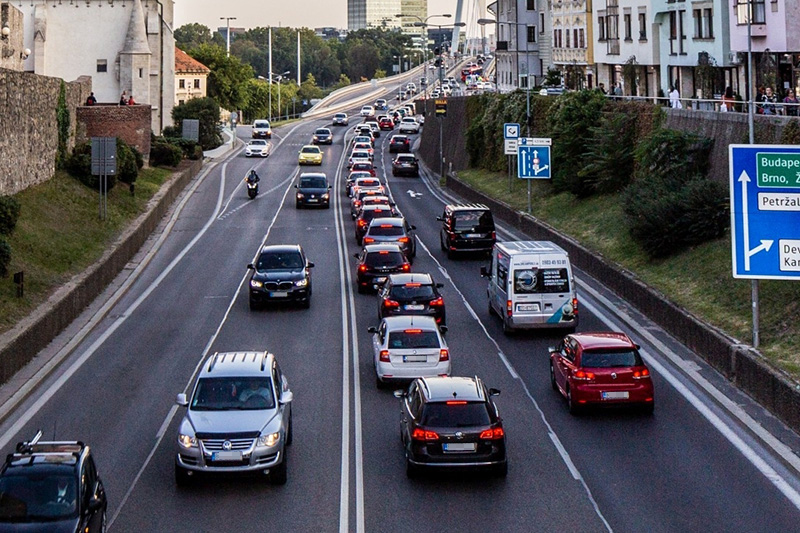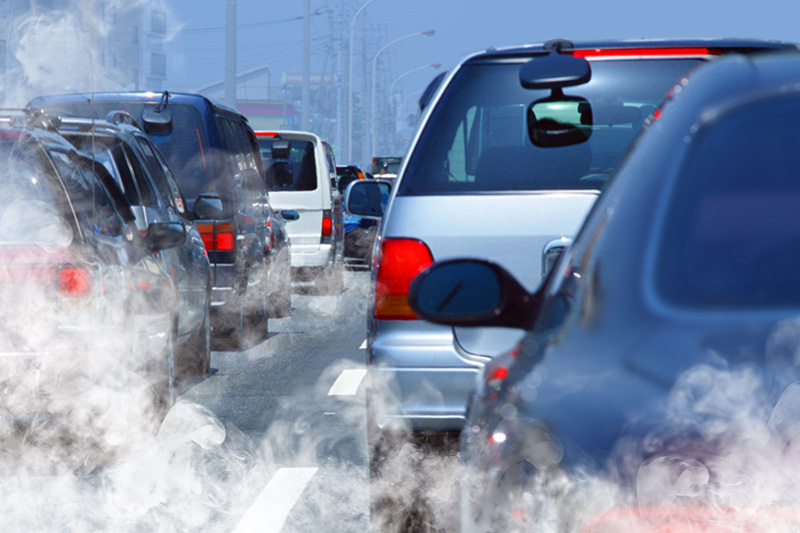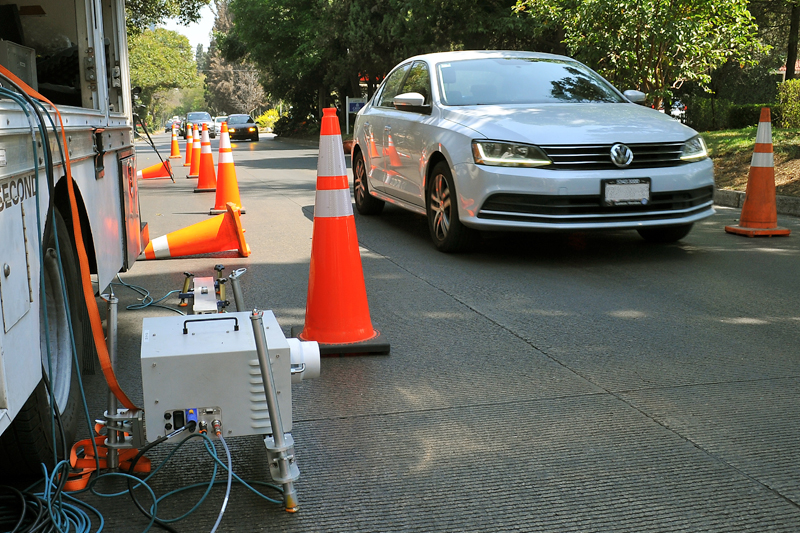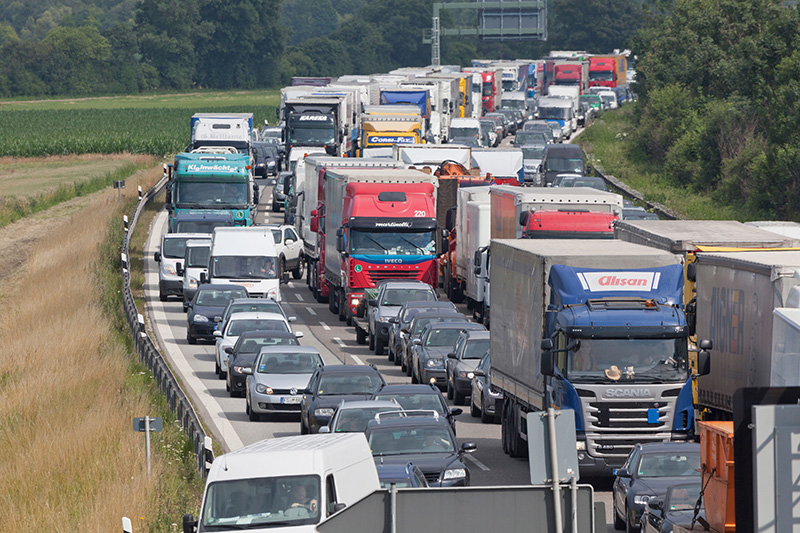TRUE rating emissions update: Petrol vehicle deterioration and new diesel improvements fall short
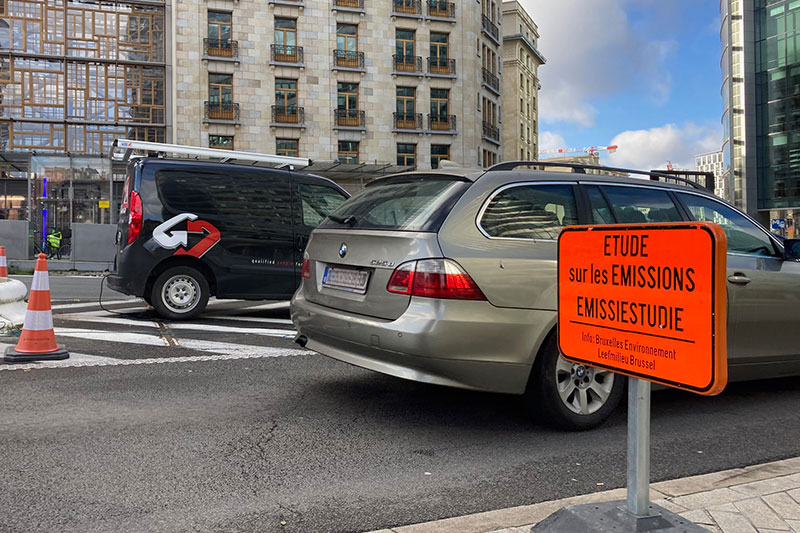
The TRUE vehicle rating system has been updated for the fourth time, bringing its data set up to almost one million vehicles with a number of new vehicle emissions trends emerging.
The updated TRUE rating encompasses 948 vehicle families, covering 6,065 models, a 20% increase compared to the last update, and is supported by close to 1 million records. Key changes in the updated database include:
- One out of five petrol Euro 4 vehicles now have a poor rating, a three-fold increase compared to 3 years ago;
- Most Euro 5 and Euro 6 vehicles still have a ‘poor’ TRUE rating which is largely unchanged despite the series of emission software fixes in the aftermath of Dieselgate;
- All diesel Euro 6d-TEMP and 6d rate as having ‘moderate’ emissions, an improvement compared to previous Euro 6 diesel, for which 90% were ‘poor’ emitters;
- No new diesel model exhibited ‘good’ emission levels and remain higher than regulatory standards.
The data incorporates the most recent vehicle exhaust emissions collected in cities across Europe, including from passenger cars type-approved to the latest Euro 6d-TEMP emissions standard. The rating provides consumers information on the real-world NOx emissions from passenger cars and reveals how emissions deteriorate as a vehicle ages.
The updated database, with new additions collected over a three-year period, includes data from Krakow, Brussels, Flanders, the Canton of Zurich, and Warsaw and measurements collected before 2016 were phased out to align ratings to the current state of vehicle emissions.
Around 16% of vehicles saw changes to their TRUE rating based on the update, virtually all of which are petrol cars. Overall, emissions from older petrol vehicles tended to deteriorate, most likely due to malfunctions of their aftertreatment system as they age. One out of five petrol Euro 4 vehicles have a poor rating, a three-fold increase compared to 3 years ago. Although these vehicles were produced between 2005 and 2010, they are still generally outperforming Euro 5 and Euro 6 diesel vehicles manufactured between 2009 and 2018. The ‘poor’ rating for most Euro 5 and Euro 6 vehicles have remained largely unchanged, despite the series of emission software fixes in the aftermath of Dieselgate.
At the time of the last rating update, 6d-TEMP vehicles, which required an assessment of real driving emissions during type-approval – were just entering the market. During real-world driving, 6d-TEMP vehicles are allowed to emit 2.1 times the maximum NOx level under laboratory conditions, while 6d vehicles can emit 1.43 times this level. For diesel cars, this means vehicles can emit up to 168 and 114 mg NOx per kilometre, respectively, during type-approval, which is less than the ‘poor’ TRUE rating emission threshold, but higher than the ‘good’ emission level threshold.
All diesel Euro 6d-TEMP and 6d rate as having ‘moderate’ emissions, leaving no doubt they perform far better than previous Euro 6 diesel, for which 90% were ‘poor’ emitters. However, none of these new diesel cars exhibited ’good’ emission levels. In comparison, 30% of petrol Euro 6d cars achieved a ‘good’ TRUE rating.
One reason some of the latest vehicles still show some room for improvement is related to how on-road urban emissions are currently regulated. Despite being a great step forward, Real Driving Emissions (RDE) type approval sets an emissions limit for the urban portion of the regulatory on-road test based on a distance that is not representative of typical urban use. Due to a series of conflicting regulatory boundaries, such as the urban share of the total trip, test duration, and average speeds, the distance of the average RDE urban test is over 30 km long, when, for context, half of the journeys in French city centres are less than 5 km. The first kilometre of a new journey after a cold start will see the highest emissions, which then reduce significantly but remain a far smaller proportion of the emissions during an average RDE test than an average urban journey.
Yoann Bernard, ICCT Senior Researcher, said “The TRUE ratings clearly show that there remains plenty of work to really clean up the emissions of combustion engine vehicles, which will still impose health risks on our European roads at least until 2035. Enforcing current regulation and implementing the new Euro 7 standard as quickly as possible is therefore very important.”
The Euro 7 regulation is expected to improve urban emissions from new vehicles thanks to enhanced regulatory provisions, including defining shorter urban distances, albeit they are still too long to reflect real-world urban trips. Simultaneously, the regulation aims at defining lower emission limits which, for the first time, will be independent of the fuel used. Initially planned for the end of 2021, the European Commission is now expected to release a draft regulation later this year. Cities are counting on it for their long-term air quality benefits and the health of their inhabitants. In the meantime, the TRUE initiative will continue to monitor emissions from in-use vehicles in Europe using remote sensing, and the TRUE rating system will continue to be updated to inform consumers of the real-world impact of their vehicles on urban air quality.
Alain Maron, Brussels Minister responsible for Climate Transition, Environment, Energy and Participatory Democracy, said: “Measuring the real-world emissions of the vehicles circulating in our streets was rich in lessons for the Brussels and it is great our data is now part of the TRUE database helping other cities to understand their urban fleet emissions. The data allowed us to demonstrate the significant positive impact that the next milestones of our low-emissions zone will have on air quality in the city, and enabled us to take swift action to tackle particulate filter fraud. By reducing car use in Brussels and progressively phasing out ICE vehicles, we are rapidly improving the quality of life in our city.”
Tamás Dombi, Director of Warsaw’s Road Traffic Management office, added: “One of Warsaw's most significant challenges is the air quality issue. Thanks to the TRUE measurement campaign we now have the necessary dataset to tackle transport emissions. Based on the results, the city is developing a LEZ concept to be introduced gradually in the upcoming years.”
